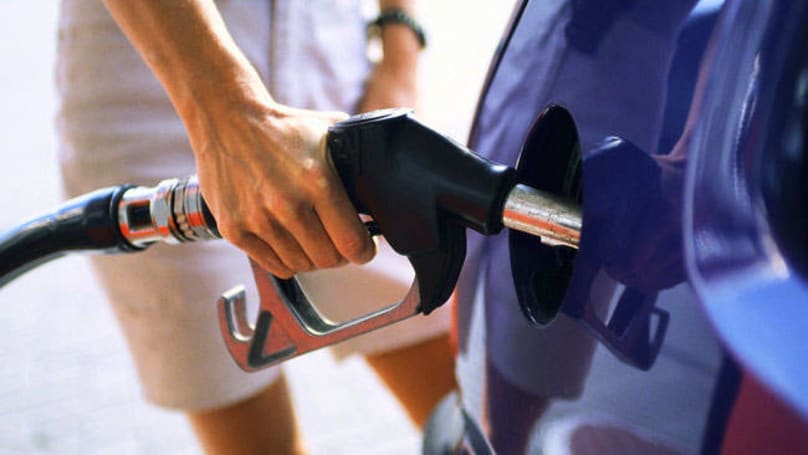
Are wheel spacers legal in Australia?
Are wheel spacers legal in Australia? No, wheel spacers are not legal in...
Browse over 9,000 car reviews

Q: How many km can you drive after the fuel light comes on?
A: There’s no simple answer to this apparently simple question. The reality is that the answer will vary from car to car, brand to brand, model to model and driver to driver.
The simplest advice is to not push your luck and either fill up before the low-fuel warning light illuminates or as soon as possible after it does. Trying to guess how far you have left to go before running completely dry is asking for trouble.
Historically, carmakers have tended to calibrate the low-fuel light to flicker on when you have somewhere between 50 and 80km of remaining range in the tank.
But that’s based on highway-cruising kilometres, not stop-start urban kilometres. Even then, it’s a lottery, because different cars will have different parameters for switching the light on.
That calibration can also be affected by ambient heat, the car’s charging system and even a winding road versus a straight highway.
The low-fuel light is a particularly unscientific instrument, often with a mind of its own.
So, given the light can illuminate with different fuel-tank levels in the very same car, it’s no surprise even cars of the same make and model will have low-fuel lights with different ideas about when to flicker on.
On that basis, you can also imagine the answer to the common question of 'how many km after fuel light comes on Toyota HiLux?' won’t be the same as 'how many km after fuel light come on Toyota Corolla?’.

The fact they’re both Toyotas has nothing to do with the fuel light’s enthusiasm. The same goes for 'how many km after fuel light comes on Isuzu D-Max?’. Just because the HiLux and D-Max are closely-competing dual-cab utes, means nothing in terms of interpreting that pesky fuel light.
The low fuel light was invented to give drivers who weren’t paying attention to their fuel level a gentle reminder that they may want to check the fuel gauge. It was not designed to replace the fuel gauge, yet that’s how some drivers approach it.
But why wouldn’t you just forget all about filling up until the light flickers on? Well, running a fuel tank completely dry is bad for the engine, fuel pump and fuel filter.
Grit, rust and other small particles accumulate in a car’s fuel tank over time. These tiny particles are heavier than fuel, so usually they just lurk at the bottom of the fuel tank.
By running the tank bone dry, you’re dragging them through the fuel system and into the engine, when filling up then would have left those contaminants harmlessly in the tank.

Not only can these particles clog a fuel filter, they can also cause mechanical damage to the pump and engine internals.
The other reason not to push your luck is the sheer inconvenience and danger of being stranded beside the road out of fuel.
Don’t rule out that the service station you know is only a few kilometres away is either shut or out of fuel and waiting for the tanker to arrive. Maybe that’s a long shot, but stranger things have happened.
And since you’re going to have to stop for fuel in the next 50km anyway, why not do it as soon as you can and avoid the chance of running out altogether?
On a diesel engine, this advice is even more critical, because diesels absolutely hate being run dry. It can severely damage the injection system (particularly in a modern turbo-diesel) and often, a diesel that’s been run dry will need to be manually primed before it can be restarted. And that’s a job for a mechanic.
Comments